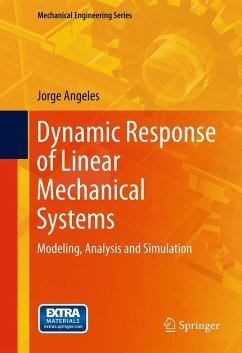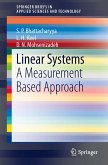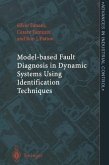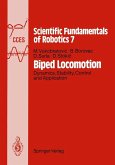A seven-step modeling technique that helps structure the rather unstructured process of mechanical-system modeling
A system-theoretic approach to deriving the time response of the linear mathematical models of mechanical systems
The modal analysis and the time response of two-degree-of-freedom systems-the first step on the long way to the more elaborate study of multi-degree-of-freedom systems-using the Mohr circle
Simple, yet powerful simulation algorithms that exploit the linearity of the system for both single- and multi-degree-of-freedom systems
Examples and exercises that rely on modern computational toolboxes for both numerical and symbolic computations as well as a Solutions Manual for instructors, with complete solutions of a sample of end-of-chapter exercises
Chapters 3 and 7, on simulation, include in each "Exercises" section a set of miniprojects that require code-writing to implement the algorithms developed in these chapters
Dieser Download kann aus rechtlichen Gründen nur mit Rechnungsadresse in A, B, BG, CY, CZ, D, DK, EW, E, FIN, F, GR, HR, H, IRL, I, LT, L, LR, M, NL, PL, P, R, S, SLO, SK ausgeliefert werden.
"The book discusses the modeling, analysis, and simulation of mechanical systems from the point of view of their dynamic response. ... Each chapter contains many examples (very carefully selected) and ends with a set of exercises. For this reason the book may be used as a support material for lecture courses as well. ... The book is very useful for mechanical engineering students of all levels from undergraduate to PhD." (Nicolae-Doru Stanescu, International Journal of Acoustics and Vibration, Vol. 18 (4), 2013)
"This book provides classical principles and modern methods of analysis, modelling and simulation of linear mechanical systems. ... the book is very useful and can be recommended to students, postgraduate students and engineers." (Yuri N. Sankin, Zentralblatt MATH, Vol. 1243, 2012)









